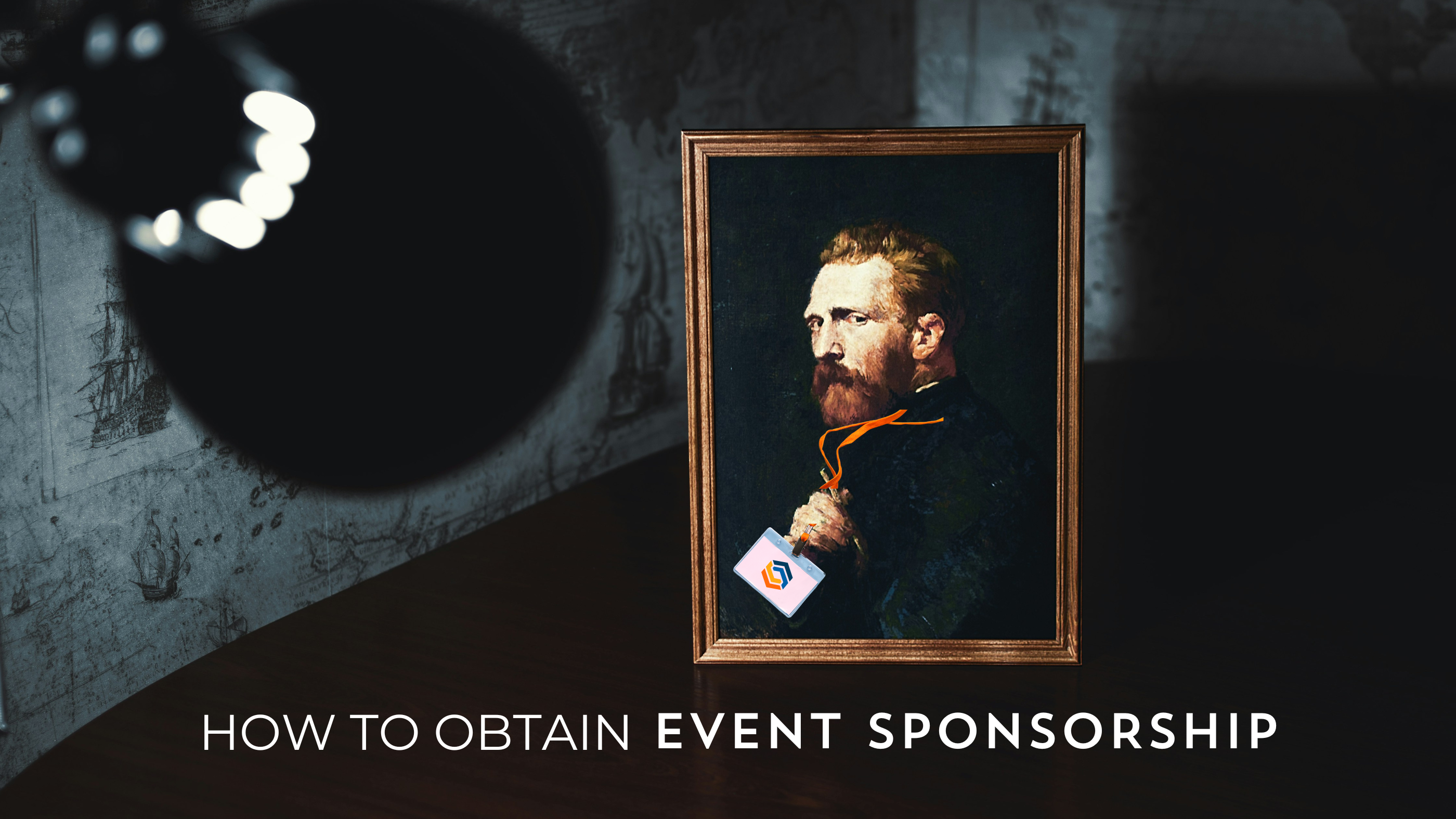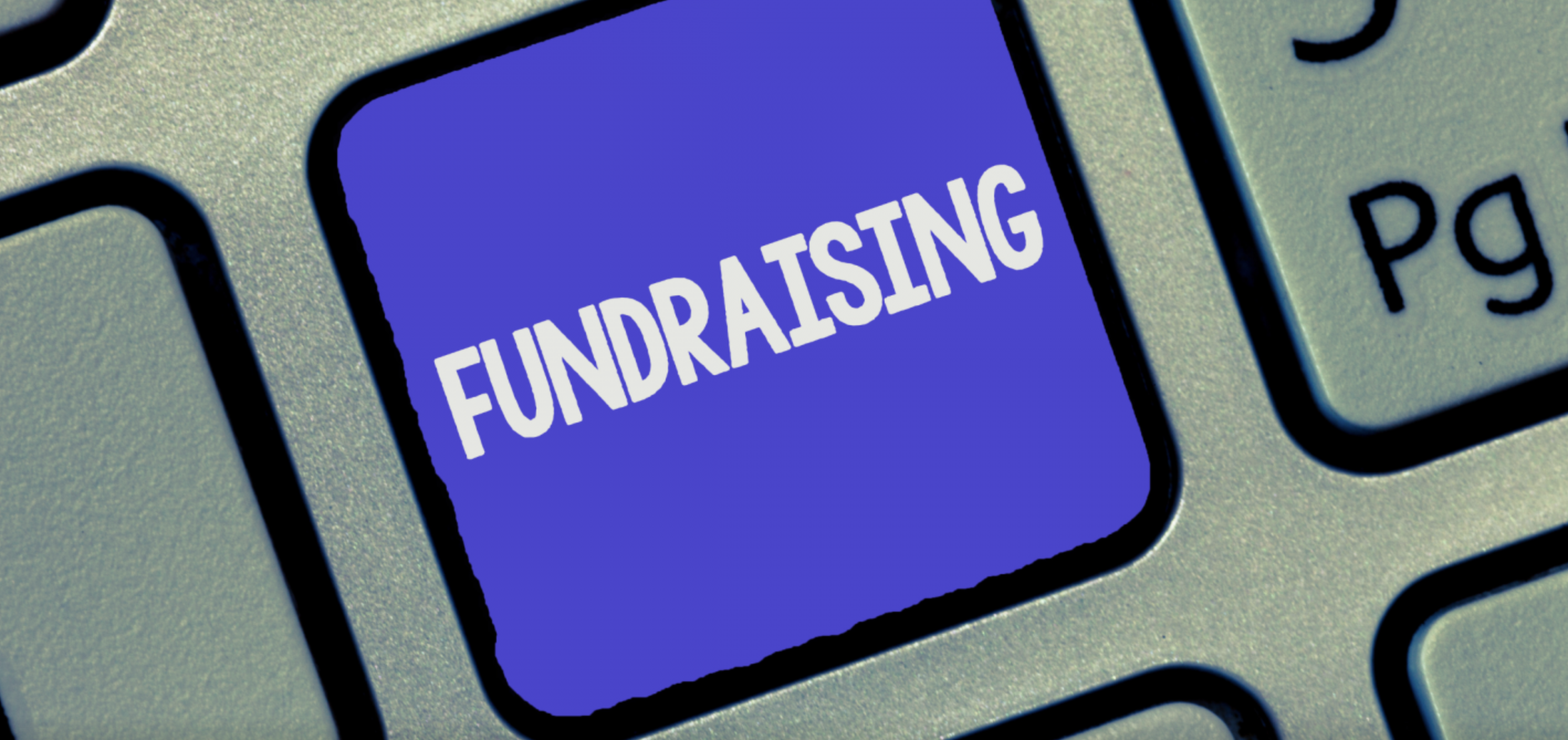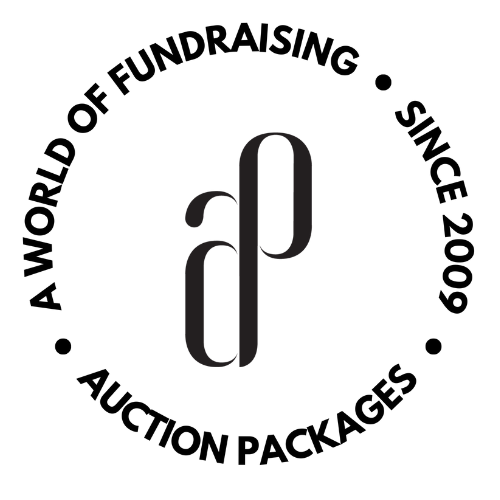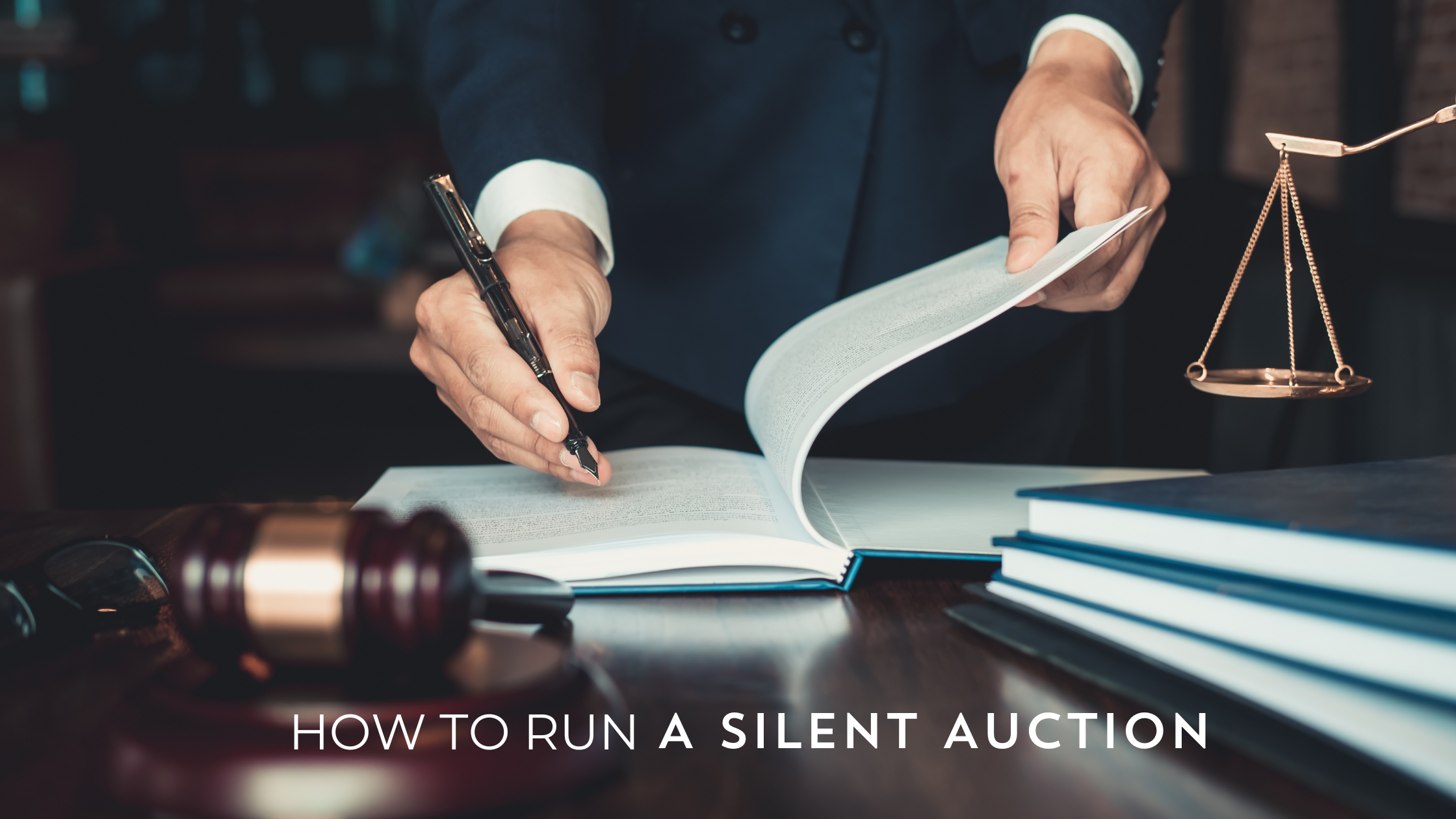Well howdy there, partner! Or if you've found yourself here...howdy there, looking-for-an-event-partner!
As we head into the first major fundraising season of the year, you might be feeling spurred on to head out in search of sponsors for your upcoming nonprofit fundraising events. Whoa! Whoa! Hold your horses! This may or may not be your first rodeo but taking the right steps to obtaining event sponsorship now can result in lower event costs today and stronger nonprofit-sponsor relationships on the horizon.
In this How-to Guide, we're covering everything from the first tip of the hat and convincing potential partners to pony up to how to maintain new sponsors after your event rides into the sunset. With that said, yeehaw!
01. Understand Event Sponsorship
Obtaining event sponsorship is a critical aspect in planning a successful nonprofit fundraising event as the cost of hosting such events continues to climb. Securing sponsorships not only helps cover event costs but it also provides an opportunity to build relationships with businesses and individuals who can help support your organization's mission in the long term.
Simply put, event sponsorship is when a company or individual provides financial support to a nonprofit event in exchange for exposure and other benefits at the event. This financial support can help cover the costs of organizing the event, such as venue rental, catering, and marketing, allowing the nonprofit to maximize their fundraising efforts.02. Define Your Event Goals and Audience
Before approaching potential sponsors, it is important to clearly define your event goals and target audience. Understanding what you hope to achieve with the event will help you tailor your sponsorship packages to align with sponsor objectives. Consider who your target audience is and what types of businesses or individuals would be interested in reaching that audience. This will help you identify potential sponsors that are a good fit for your event.
03. Identify Potential Sponsors
Start by creating a list of companies and individuals who may be interested in supporting your cause. Networking with board members, volunteers, and other supporters can also help you identify potential sponsors. This could include local businesses, corporations, foundations, and individual donors.
When researching potential sponsors, consider the following:
Industry: Look for sponsors who are in industries that are related or adjacent to your cause. For example, if your nonprofit focuses on environmental conservation, you may want to target companies in the outdoor or eco-friendly industries.
Size: Consider the size of the company or individual donor. Larger companies may have more resources to contribute, but smaller businesses may be more willing to support a local nonprofit.
Past Support: Look for sponsors who have supported similar events or causes in the past. This indicates that they may be more likely to support your organization today.
Location: Consider sponsors who are local to your event location. Local businesses may be more interested in supporting community events knowing they're helping both your cause and their customers.
Once you have identified potential sponsors, create a comprehensive list with contact information for each sponsor. This list will serve as the foundation for your outreach efforts.04. Create a Compelling Sponsorship Package
After identifying potential sponsors, the next step is to craft a compelling sponsorship proposal that outlines the benefits of sponsoring your event. A well-designed sponsorship proposal should clearly communicate the value that the sponsor will receive in exchange for their support.
When creating a sponsorship proposal, consider including the following elements:
Introduction: Start by introducing your organization and explaining the purpose of the fundraising event. Clearly articulate the impact that the sponsor's support will have on your cause.
Sponsorship Levels: Offer different levels of sponsorship to accommodate sponsors with varying budgets. Common sponsorship levels include presenting sponsor, platinum sponsor, gold sponsor, silver sponsor, and bronze sponsor. Each level should come with corresponding benefits, such as logo placement, speaking opportunities, and complimentary tickets.
Benefits: Clearly outline the benefits that sponsors will receive, such as brand exposure, networking opportunities, and media coverage. Be specific about the visibility that sponsors will receive at the event, including logo placement on promotional materials, banners, and signage.
Customization: Tailor the sponsorship proposal to each individual sponsor's needs and interests. Research each sponsor's business goals and objectives, and customize the proposal to align with their values.
Call to Action: Include a clear call to action that encourages the sponsor to take the next steps, such as scheduling a meeting to discuss the proposal further or signing a sponsorship agreement.
05. Make the Ask
Once you have identified potential sponsors and crafted a custom sponsor package for each, it's time to buck up and make the ask.
This can be done through an email, phone call, or in-person meeting. Be sure to personalize your outreach and clearly communicate the benefits of sponsoring your event. Be prepared to answer any questions that sponsors may have and provide additional information as needed. It's also important to be flexible and willing to negotiate to tailor the sponsorship package to meet the sponsor's needs.
After making the ask, it is important to follow up with potential sponsors and maintain open communication. Be sure to thank sponsors for their consideration and provide any additional information or materials they may need to make a decision.
06. Maintain the Relationship
Once you have secured sponsorship for your fundraising event, it is essential to maintain relationships with sponsors to ensure their continued support. Building and nurturing relationships with sponsors can lead to long-term partnerships that benefit both parties.
Here are some tips for maintaining relationships with sponsors:
Communication: Keep sponsors informed about the progress of the event and any changes that may impact their sponsorship. Provide regular updates on sponsorship benefits and opportunities for involvement.
Recognition: Acknowledge sponsors publicly for their support before, during, and after the event. Highlight their contributions in event programs, social media posts, and press releases.
Networking: Create opportunities for sponsors to connect with each other and with key stakeholders within your organization. Hosting sponsor networking events or providing exclusive access to VIP receptions can strengthen relationships and foster collaboration.
Follow-Up: After the event, send a thank-you letter or email to sponsors expressing gratitude for their support. Provide a summary of the event's success and share any feedback received from attendees.
Evaluation: Conduct a post-event evaluation to measure the impact of sponsorship on fundraising efforts. Gather feedback from sponsors about their experience and use this information to improve future sponsorship opportunities.
O O O
Giddy-up!
Overall, the prospect of event sponsorship is worth its weight in gold. It's truly a horse of a different color, benefitting both parties by providing sponsors with opportunities for brand exposure, networking, and community involvement, while enabling nonprofit organizations to advance their mission and make a positive impact on their cause.
Organizing a successful fundraising event requires a significant amount of resources, which is why obtaining event sponsorship is crucial for nonprofit organizations. By identifying potential sponsors, crafting a compelling sponsorship proposal, and maintaining sponsor relationships, nonprofits can secure the financial support needed to cover event costs and maximize fundraising.







